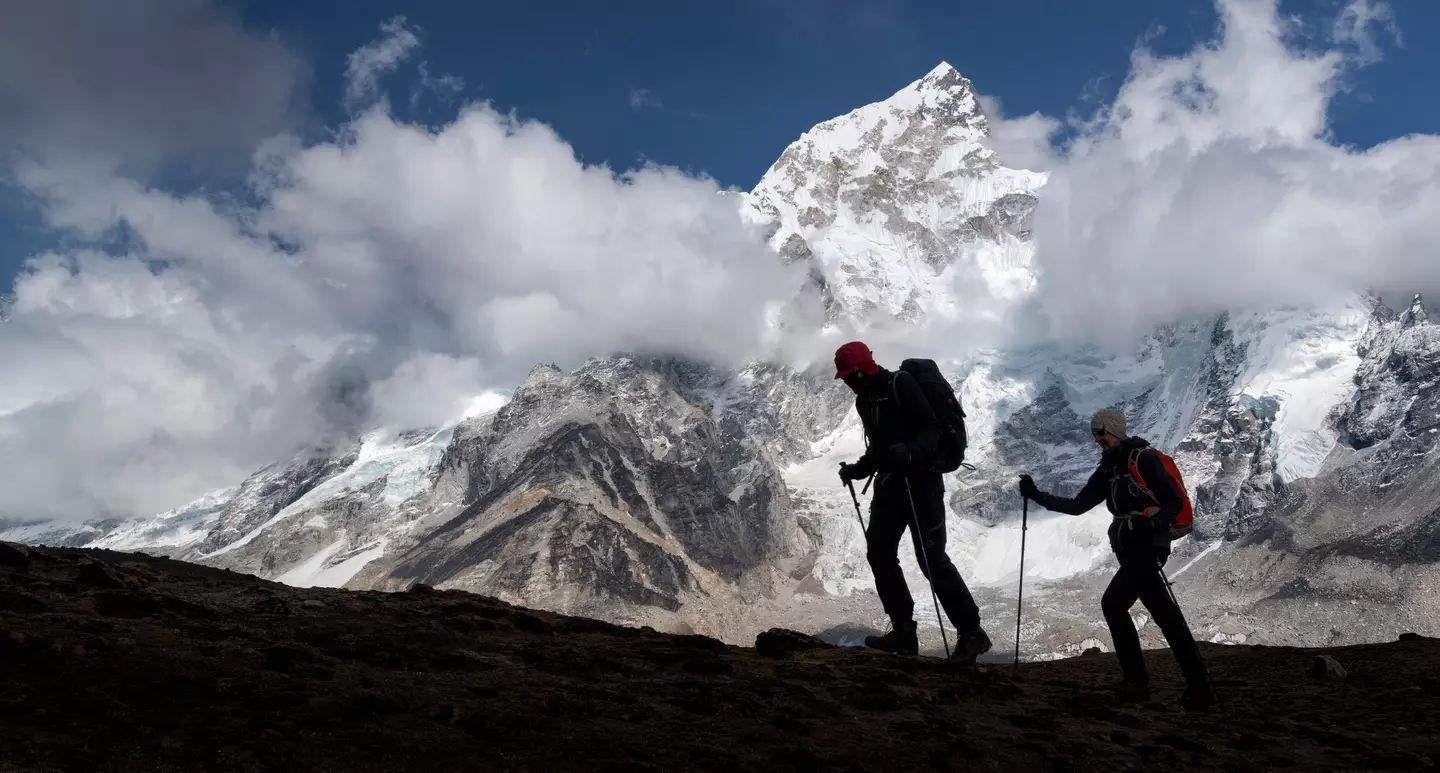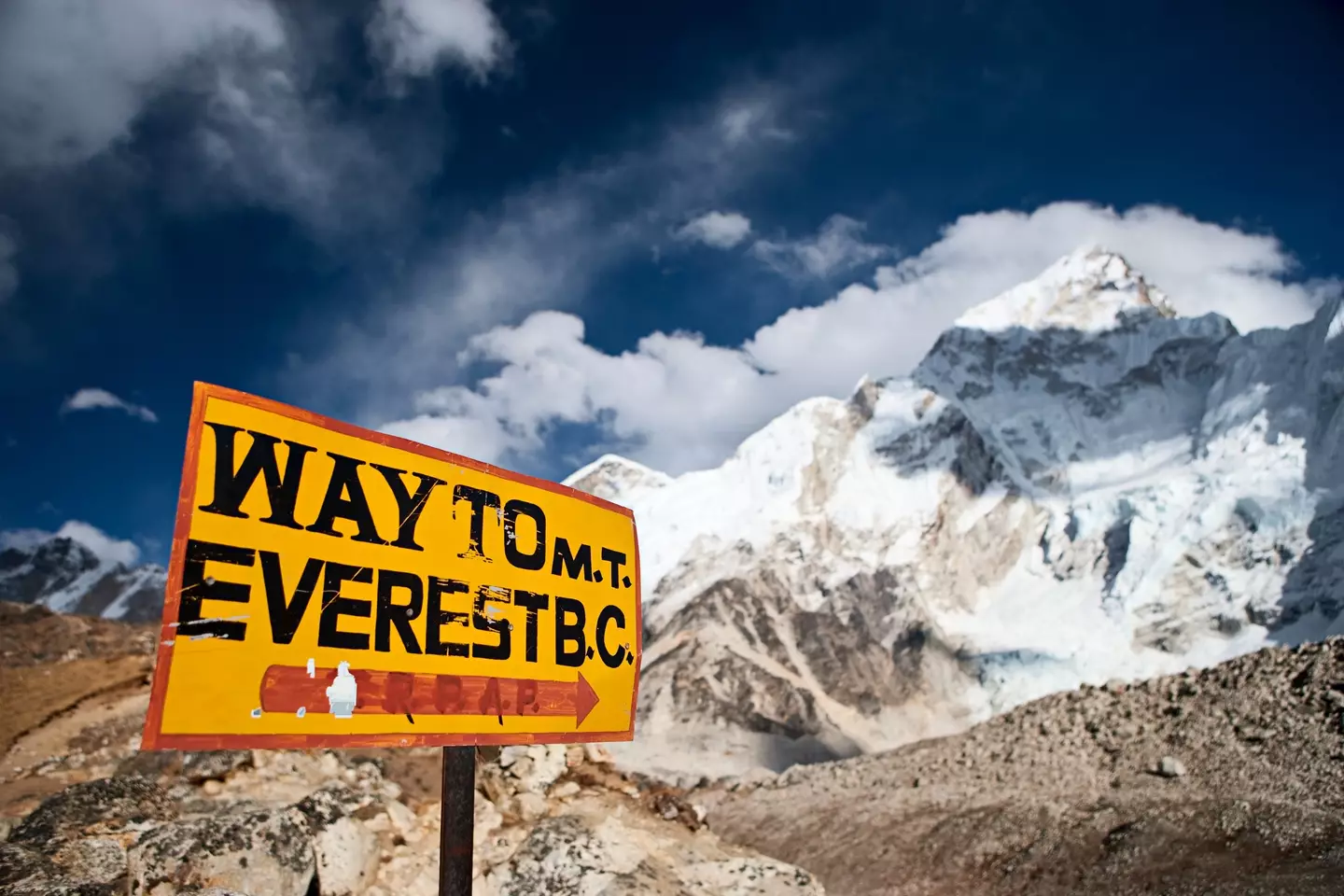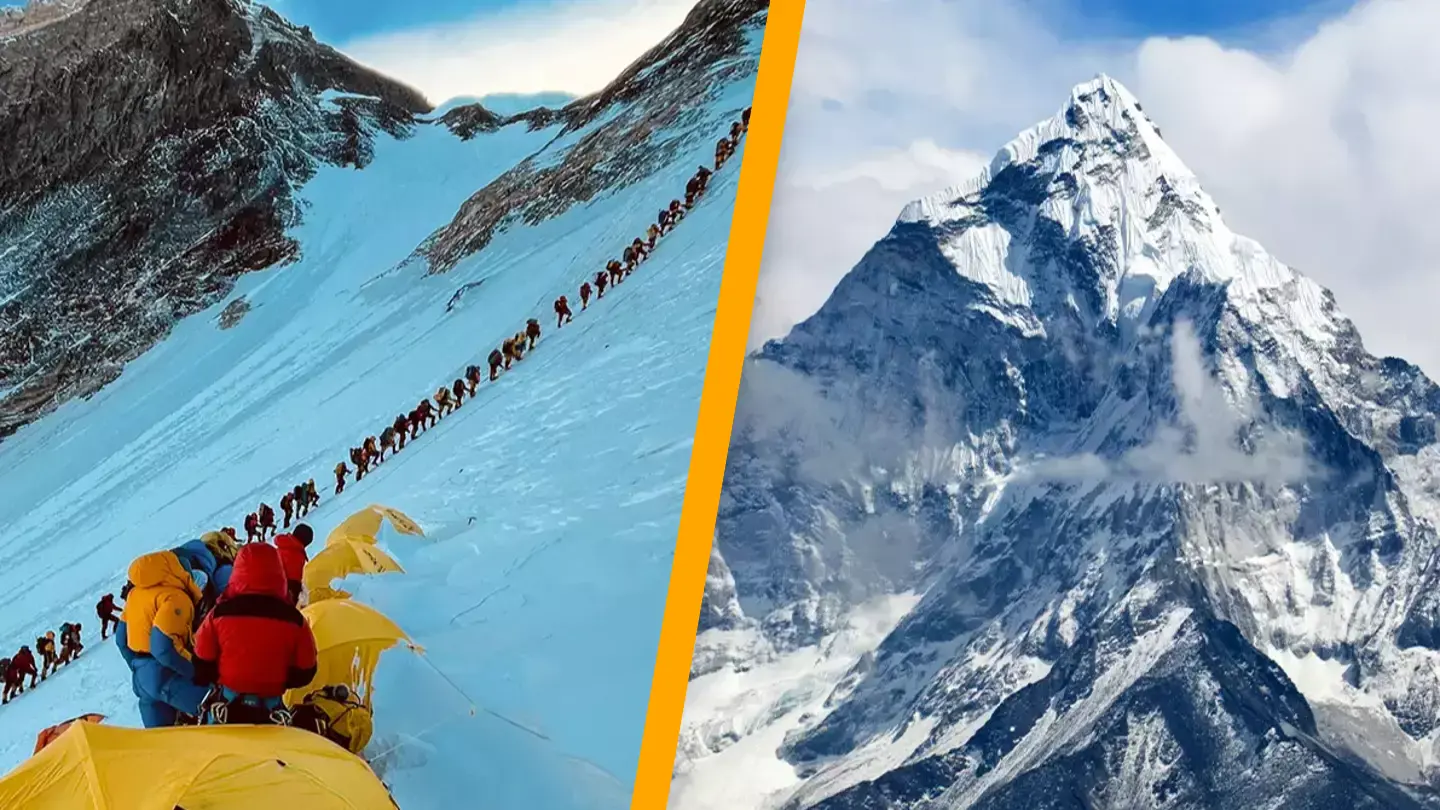Mount Everest’s Rainbow Valley is a topic of intrigue for many, as people are just beginning to learn the origin of its name. Each year, hundreds of adventurers take on the daunting task of scaling the globe’s tallest mountain, which towers at 29,032 feet.
By now, more than 7,000 individuals have successfully reached the peak. The year 2018 saw a record number of summits, with approximately 800 climbers achieving this formidable feat. That same year, Kenton Cool set a record for a British climber by reaching the summit 13 times.
While tales of triumph on Mount Everest are often celebrated, unfortunately, not every climber’s journey ends in success. It is estimated that around 300 climbers have perished on the mountain, many of whom remain there.
There was a period when Everest took nine lives in just 11 days. The recovery of bodies from these high altitudes is not only challenging but also costly, with expenses reaching up to £53,500 ($68,167), as reported by The Sun. Attempting to retrieve these bodies can even lead to further fatalities.

Nearing the summit of Everest, climbers encounter an area known as Rainbow Valley, located just above 8,000 meters from sea level. The name “Rainbow Valley” is attributed to the vibrant jackets and gear of deceased climbers, which stand out starkly against the snowy backdrop.
Rainbow Valley is part of the notorious Death Zone on Everest, where the highest number of climbers have lost their lives. In this region, oxygen levels plummet, and the weather becomes more severe, according to Marvel Adventure.
The path is also extremely narrow, accommodating only one body at a time. Therefore, when a climber dies on this route, they are often moved aside, and Rainbow Valley becomes their final resting place.
The Death Zone presents several hazards to those who venture into it.

“At these altitudes, the oxygen levels are insufficient to sustain human life for an extended period,” explains Expedreview. “Additionally, exposure to stronger UV radiation, freezing temperatures, and extreme weather pose other dangers to climbers above this point.”
Many fatalities on Everest are attributed to the effects of high altitude. Due to global warming, some bodies that were once in the Death Zone are now being exposed as the mountain has lost 180 feet of ice in recent years.
A search expedition that commenced earlier this past year discovered five bodies on the mountain by June 2024. CBS News reported that one of these bodies, encased in ice up to its torso, took climbers 11 hours to free.

